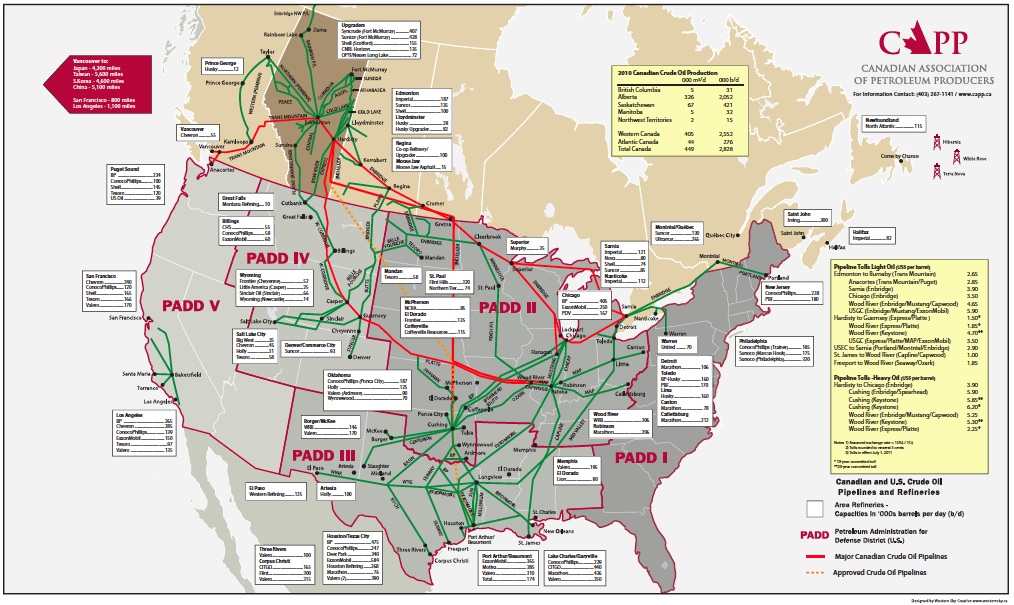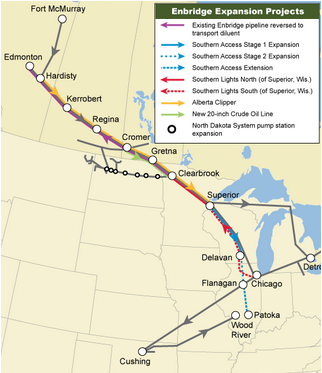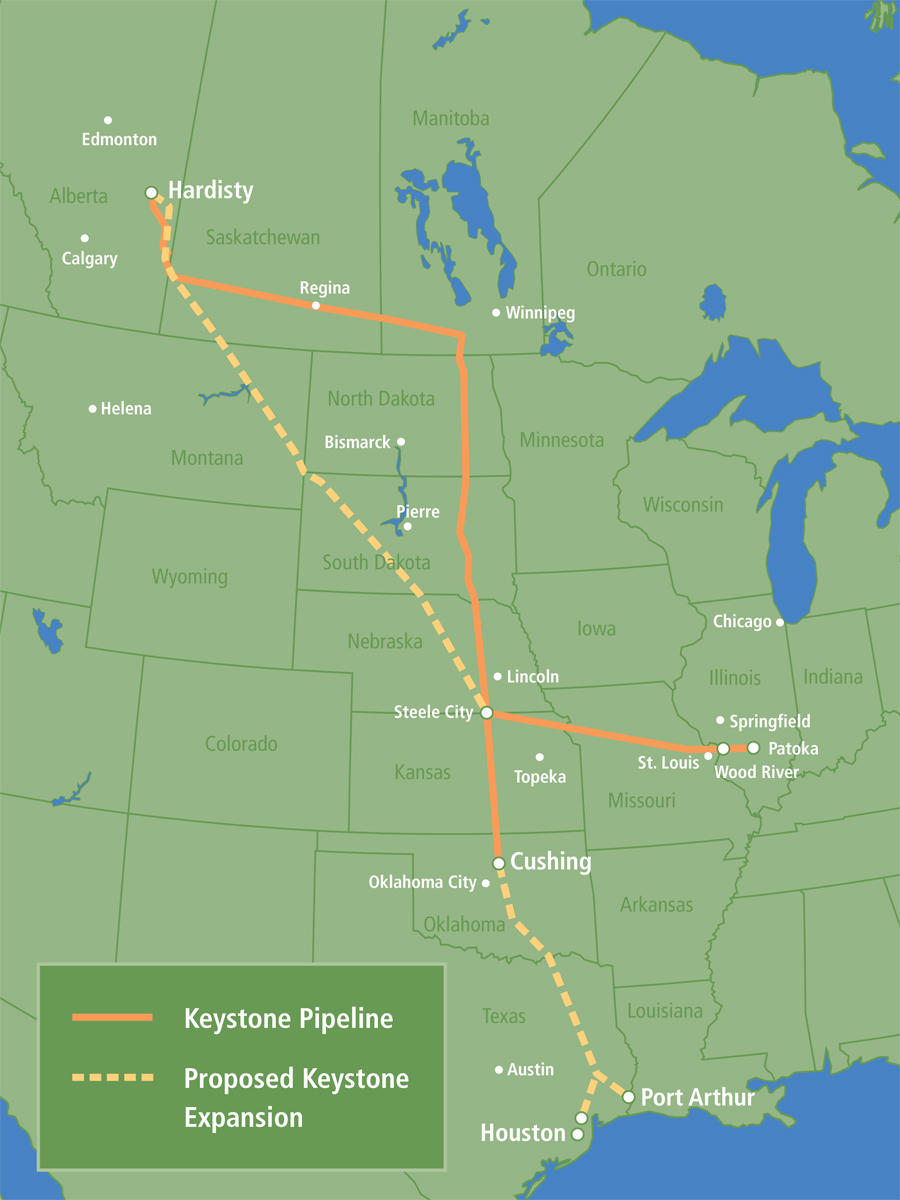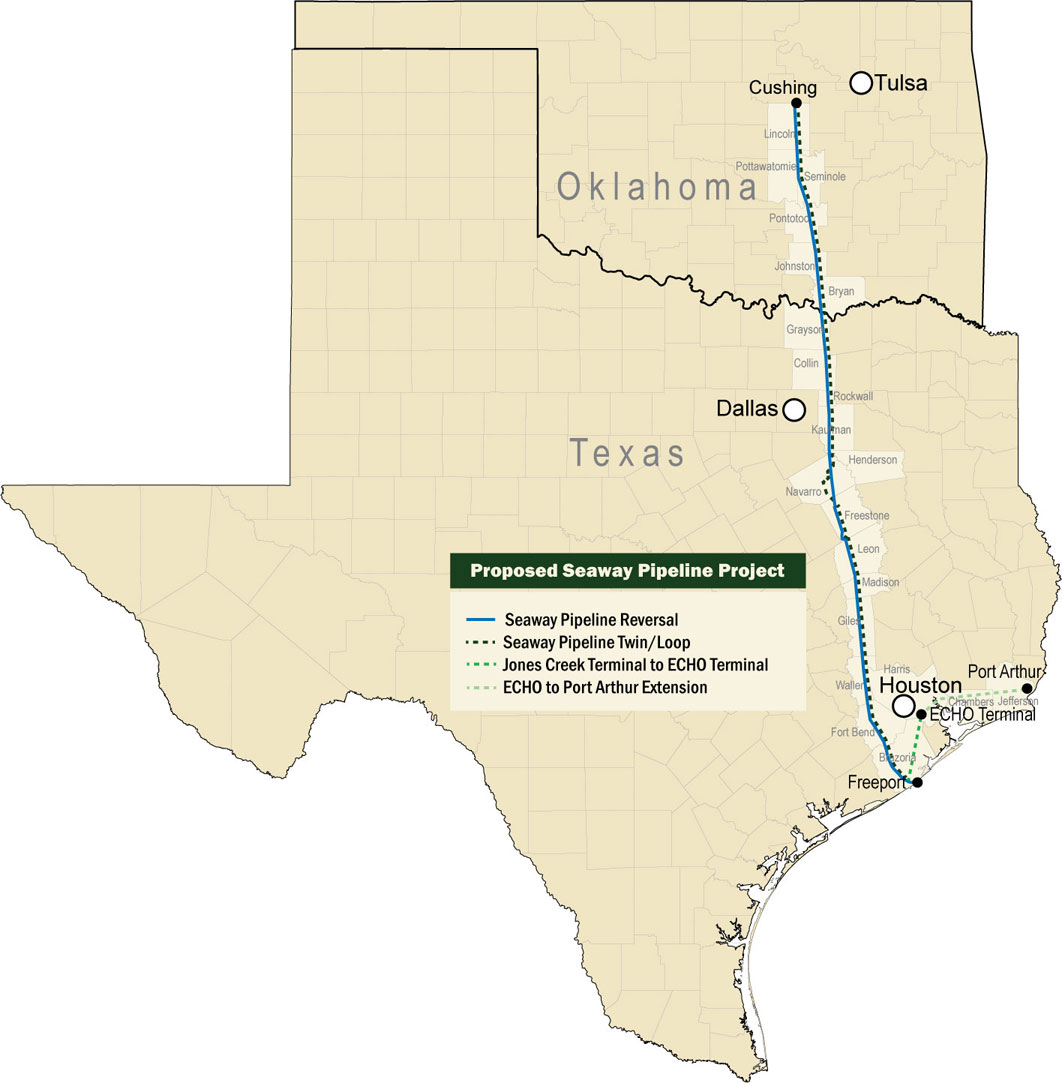RL Blogs
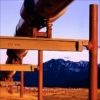
By Steve Pagani
Jun 11, 2012There are over 7,000,000 barrels per day of crude oil pipeline capacity in the U.S. Can you connect the dots? |
||||||
| Crude oil pipelines have become the arteries of the U.S. and Canada energy infrastructure connecting key producing regions (or PADDs). The advent of increased crude production across Canada and onshore U.S. has exploded the need for using crude oil pipelines to transport crude from production site to refining center. The increased publicity of the distressed Cushing crude oil inventories and the new U.S. crude refining margin advatange has pushed crude pipelines to the front of everyone’s minds.
For the first time in 70 years the U.S. energy industry is building crude oil pipelines as fast as permits and pipeline welders can be linked together. But where are all the crude oil pipelines out there?
There are dozens of crude pipelines across the U.S., but there are 9 critical crude oil pipelines that connect 5 key market centers (Edmonton, Chicago, Cushing, Houston, Gulf Coast Offshore).
Key Crude Oil Pipelines:
pipelines that connect the expanding crude production regions in Canada and U.S. mid continenent to the major crude oil processing centers in Chicago and Houston. | ||||||
|

